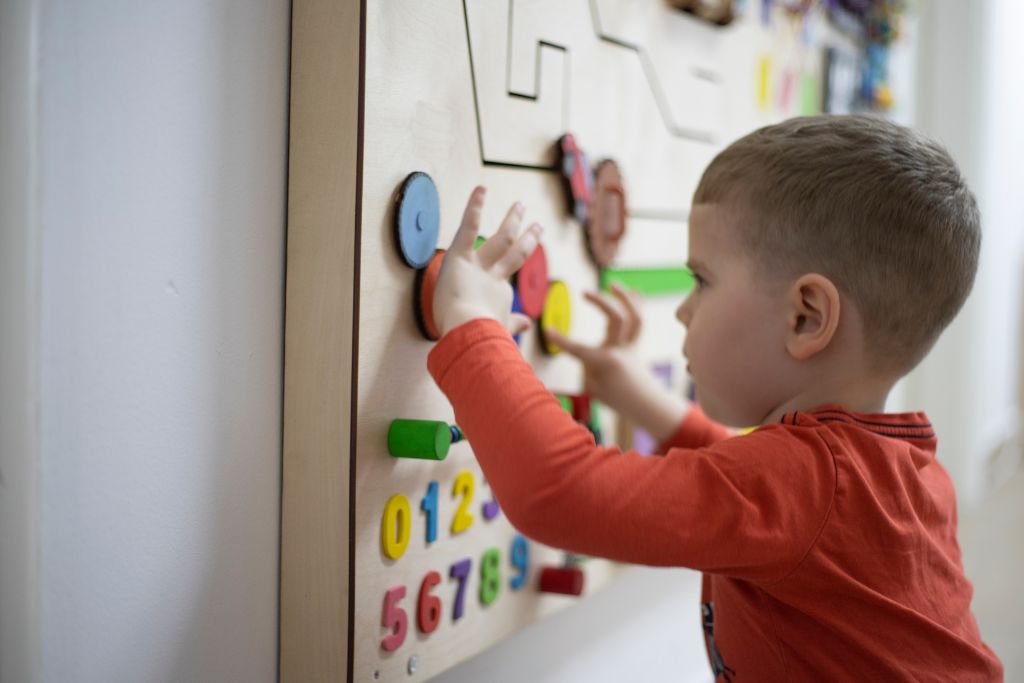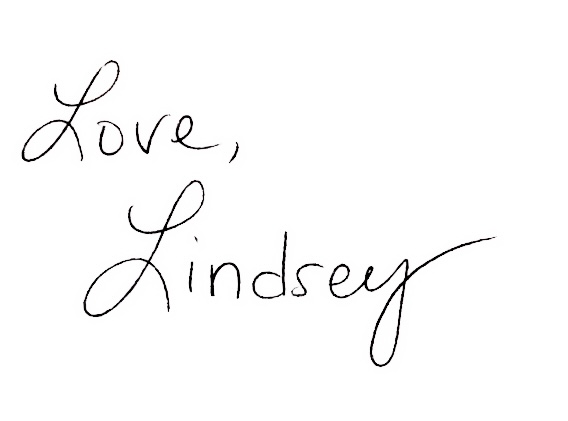10 Best Types of Therapy: Know Your Options
There are at least 100 different types of therapy out there. Each one brings its own unique and helpful characteristics to the table. Understanding your options will give you the best chance for success in your unique therapy journey.
1. Cognitive Behavioral Therapy (CBT)
Cognitive Behavioral Therapy (CBT) is a type of talk therapy that focuses on irrational thought patterns and behavioral responses. Thought patterns inevitably affect our behavior. *AKA–I’m feeling anxious, and so I’m projecting my anxiety on to those around me, and acting like a b*tch*
CBT can include a multitude of thought patterns like minimizing (belittling ourselves and our accomplishments), catastrophizing (always leaning into worst-case scenarios), and more.
CBT is a present therapy, meaning it doesn’t dive into past trauma or early childhood experiences; it remains focused on current thought patterns and accompanying behavior.
Who is Cognitive Behavioral Therapy for?
CBT is a bit of a catch all therapy, as I like to call it. You can think of it as a tree trunk because many therapies are branches of CBT. Everyone has unhealthy thought patterns that, in turn, produce negative, unwanted behaviors.
It can be used with individuals, couples, and families and with people of all ages. Often those experiencing symptoms of anxiety, depression, general stress, eating disorders, anger issues, phobias, and substance use concerns.
2. Acceptance and Commitment Therapy (ACT)
If CBT is the tree trunk, Acceptance and Commitment Therapy is one of those branches. ACT focuses on thoughts and behaviors but gets a little more specific. It consists of 6 processes that help you to meet and accept all emotions (yes, even the negative ones).
This therapy is about relinquishing control of your thoughts, feelings, and experiences, and commits to embracing all of who you are and what you offer. It’s action-based and hard work, but when done well, has big pay off.
Who is Acceptance and Commitment Therapy for?
Due to the complexity of the processes, this therapy is used with adults. ACT can be useful for people experiencing symptoms like panic, uncontrollable worry, feeling on-edge, body image issues, obsessive-compulsive intrusions, and more.
3. Dialectical Behavior Therapy (DBT)
Also a branch of CBT, Dialectical Behavior Therapy is a very concentrated form of therapy that focuses on 4 main areas of change: mindfulness, distress tolerance, emotion regulation, and interpersonal effectiveness.
DBT often consists of both individual therapy and group skills workshops. During the individual therapy sessions, you will learn motivation and how to apply new skills within the 4 focus areas. The DBT skills groups give you time to apply and practice the new skills being learned.
Who is Dialectical Behavior Therapy for?
This therapy was initially created to treat adults with borderline personality disorder, which often consists of personality traits like fear of abandonment, self-destructive behavior, and unstable relationships.
It is still primarily used with adults, but has expanded into treating other diagnoses like post-traumatic stress disorder (PTSD), bipolar disorder, eating disorders, and substance use concerns.
4. Attachment-Based Therapy
Attachment-Based Therapy is, as you might guess, a therapy all about understanding early childhood attachment styles. Attachment, in early years, is vital for how we move through life and navigate relationships–even decades after infancy.
There are 4 types of attachment styles: secure (healthy, trusting, and safe), avoidant (dislikes contact and closed-off), ambivalent (untrusting and little emotional control), and disorganized (never know what “mood” a person will be in).
Attachment-Based Therapy works to understand how you were brought up (through the attachment lens), and seeks to repair and strengthen your ability to be in healthy relationships.
Hot Tip: Don’t confuse Attachment-Based Therapy and Attachment Therapy. Attachment Therapy was a term used for a manual manipulation and an often harmful technique. It’s a hard pass.)
Who is Attachment-Based Therapy for?
Attachment-Based Therapy is used with older children, adolescents, and adults. Most who seek Attachment-Based Therapy endured hardship in their early childhood years.
This could be any who was fostered and/or adopted, adult children who had a parent(s) with mental illness, etc. If you find yourself consistently dooming all relationships (intimate and friendships, alike), this could be a good option for you.
Hot Tip: If you don’t know about Adverse Childhood Experiences [ACEs], this might be a good time to do so. If you experienced a high number of ACEs throughout childhood, Attachment-Based Therapy might be a good option for you. *Blog post about ACEs coming soon*
5. Biofeedback
Biofeedback is an untraditional form of therapy that uses monitors and sensors to have visual representation of how the body is physically responding (i.e. blood pressure, breathing rate, muscle tension, and sometimes brainwaves) to your psychological state.
During a session, the therapist will show you how the physical markers indicate heightened stress. You will also work on controlling those physical indicators by learning mindfulness techniques or deep breathing exercises.
Who is Biofeedback for?
Most commonly used with adults, though teens can benefit from biofeedback, too. Biofeedback can be very rewarding and those using it often enjoy having control over their own respiratory rates (and other physical indicators).
Biofeedback can be performed in a clinic, but has started to expand into in-home treatment (typically after a few sessions with a trained professional to best understand how to use at-home devices). It is used to treat symptoms of anxiety, sleep disturbances, pain, and headaches.
Hot Tip: I interviewed one of biofeedback’s pioneers, Dr. Inna Khazan, in my book, I Got 99 Coping Skills and Being a B*tch Ain’t One. You can find the book on Amazon through this link here.

6. Eye Movement Desensitization and Reprocessing Therapy (EMDR)
Eye Movement Desensitization and Reprocessing Therapy’s (EMDR’s) goal is to reduce negative memories of trauma. While the therapist will start with a few sessions of talk therapy, EMDR is actually less talk and more movement, literally.
Being an unconventional form of therapy, EMDR uses the therapist’s hand motioning back and forth to guide your eyes in a bilateral movement. You will move throughout sessions of talk, EMDR, body scanning, and assessment throughout your EMDR journey.
Hot Tip: the science behind this treatment concludes it is very effective, but some are off-put by not understanding how exactly it works. For me, if it works, why question it? You have to decide for yourself how you feel about that.
Who is Eye Movement Desensitization and Reprocessing Therapy for?
EMDR is used in individual therapy with adults who have experienced a traumatic event(s) and are suffering symptoms related to such trauma. Some EMDR therapists will use the technique for certain symptoms of anxiety or phobias (irrational fears).
7. Exposure Therapy
Exposure therapy was created to, in a safe and healthy environment, expose you to your greatest fears. This can be done in-person, using images, or virtual reality; sometimes a combination of all three.
Who is Exposure Therapy for?
Exposure therapy is used with adults experiencing extreme, irrational fears that hold them back in their daily lives. Think spiders, heights, small spaces, The Muppets (No? Just me?). Some people have been treated in as little as one session, others can take much longer to diminish their fear and anxiety.
8. Emotion-Focused Therapy
The main point of Emotion-Focused Therapy is to become more self-aware about how your emotions (positive and negative) are affecting your relationships, coping abilities, and overall environment (home life, workplace, etc.).
Once you become aware of your emotions and their impact, you and the therapist will work to change unhelpful patterns. Emotion-Focused Therapy helps rebuild healthy connection between intimate partners.
Who is Emotion-Focused Therapy for?
Emotion-Focused Therapy is generally used with couples looking for short-term therapy. Couples needing healthier coping and attachment may benefit from this therapy. Emotion-Focused Therapy helps couples experiencing anger, will help build empathy skills, and restore trust and connection back into a relationship.
9. The Gottman Method
Developed by a couple for couples, The Gottman Method essentially looks at conflict within a marriage. It uses a specific theory called the Sound Relationship House that works to instill trust and commitment within a relationship.
The Gottman Method is very in-depth, and therapists have to be specially certified to work within the Gottman framework.
Who is The Gottman Method for?
The Gottman Method is for couples with conflict. The conflict can be anything from perpetual arguing to infidelity (or anything outside of domestic abuse).
This is not a “we have a minor blip that needs an outside ear to help resolve.” This is a comprehensive, both-individuals-in-the-relationship-are-committed-and-in-it-for-the-long-haul approach to bettering a relationship.
10. Play Therapy
Play Therapy is usually in a setting similar to that of a playroom where children can freely explore various play items. There is often imaginative play with figurines, storytelling, drawing, or other creative ways to communicate with kids.
Play Therapy is a great way for therapists to better understand what a child has experienced and how they are feeling. It can lead to expression of repressed thoughts and emotions, better problem-solving abilities, and improved empathy skills.
Who is Play Therapy for?
A great therapy for kiddos (typically ages 3 to 12, but can range depending on emotional age), Play Therapy is a great communication tool when words are just too hard.
It’s typically appropriate to consider Play Therapy if a child has endured a stressful event(s) (witnessing domestic violence, experiencing grief, etc.). This type of therapy usually lasts for at least 15 sessions (or more); it takes time for the therapist to build rapport and for the child to trust the therapist with some pretty tough stuff.

So there you have it, folks: 10 Best Types of Therapy: Know Your Options. I hope this post helps you navigate your own individual needs and future therapy process.
Read next: Therapy: 3 Things You Need to Know.

